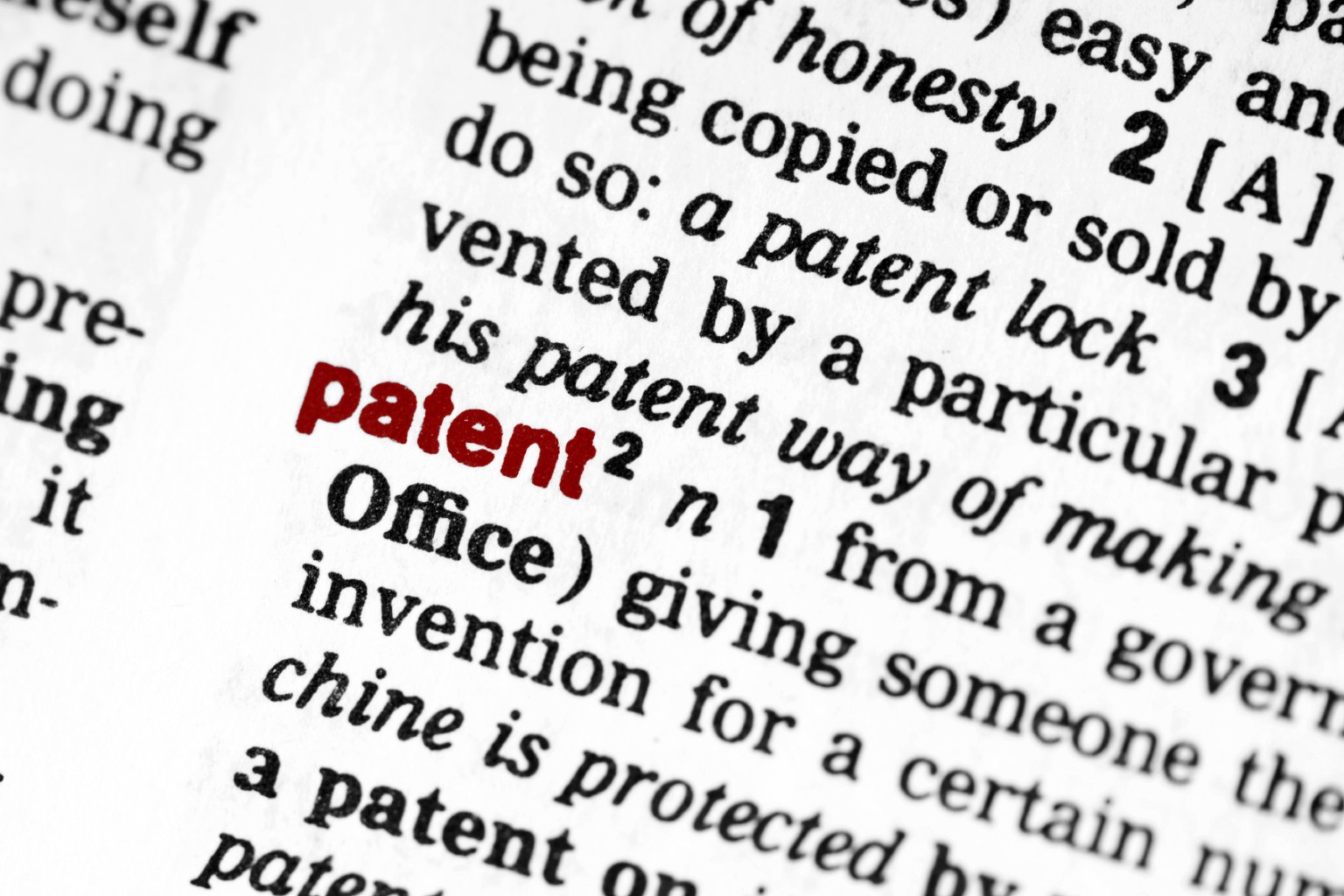Congratulations! You filed a patent and it was granted. What’s next? Aside from potentially using, licensing, or keeping the innovation within your Intellectual Property (IP) portfolio – don’t forget about patent maintenance fees. As a quick refresher, maintenance fees are payments to ensure one’s granted patents are maintained in force. The USPTO website includes a resourceful chart for when the fees are to be paid. Now let’s take a look at some considerations regarding these fees to get an idea if they make sense for your company, what resources could be helpful, and potential opportunities along with implications.
IP Portfolio Considerations
Does your company’s strategy have an explicit need for patents or a particular asset? Or is there something that’s distinct within the business segment that requires the use of patents? If the business does not have an IP portfolio that protects a product they are bringing to market, then there is a strong possibility of being exposed to competitors and assertors. In this case, patents are directly relevant to the business and they should continue to maintain or even strengthen this line of protection. The question of determining how many patents should be held is really an IP Asset Management task. Typically, a cross-functional team with insight into the business determines which patents are kept or divested, which are invested in and developed, and which might be acquired.
Ideally, you want to have IP protections in place prior to market consumption. This is especially true if you know that you cannot organically develop the technology in time. In some cases, you may contemplate acquiring the necessary patents or even another company specializing within a given innovation space in order to fill a technology gap. In practice, however, this is a very complicated undertaking.
- The costs vary significantly making them hard to predict and budget
- The pace of innovation and the speed of the market are not aligned
- Most patents take years to grant, whereas competitive markets are many times open only for a few months
This creates a situation choice of developing technologies with protections and a risk of missing the market opportunity. Or speeding up product development to meet market demand with a risk of future patent litigation.
That said, during the development of a product, a company may come across adjacent innovations not directly related to the product. This may complicate the determination of relevance because a patent and patent portfolio can be used either defensively (Counter assertion, Cross Licensing, Protection of R&D) or offensively (Assertion, Monetization, Protection of Market). Each of these gambits will factor into the overall determination of whether a patent/portfolio is retained or divested. Oftentimes patents will be stockpiled in fear of giving away something that may later turn out to be a gold mine. Typically if the patents are relevant – you keep them. If they are not essential to the business, they are divested. This decision may be easier for a smaller company because the strategy and focus (and budget) are much tighter. Market factors may also impact this decision: A company that is seeing hard times may consider trimming a portfolio even if the patents are critical in order to save the business.
What can my company do?
Owning a large patent portfolio has its advantages in that it can cover many types of technologies and products, and can help develop leverage within your business segment. That said, owning large patent portfolios can be costly and because of multiple maintenance fees that are based on the date(s) the patents were issued. If your company decides to maintain an IP portfolio and you have the resources, a transactions team could be very beneficial. The team can help acquire the necessary patents or licenses before bringing a product to the market. This group may also manage inbound issues i.e. where a patent/portfolio is brought to the attention of a company on a product that is shipping.
Without proper guidance from corporate leadership and insights into where the business might be going, your company may invest resources into the development of assets that won’t provide meaningful protection. A quick shift in strategy may render an existing patent portfolio useless with respect to the new offering while at the same time leaving the company exposed.
Further, if patents are not properly maintained, then they may not be available to serve their purpose when needed. While it is possible that a patent that has expired due to missed renewal fees can be revived, it is not guaranteed. The USPTO has latitude to reject the revival of a patent especially if the delay in payment was concluded to be intentional. This may leave your company scrambling for last-minute options that provide less-than-ideal protection.
To avoid this, a patent portfolio should be “manicured” regularly. Patents that are no longer relevant should be trimmed away or otherwise divested. Those that are critical to the business should be reviewed to ensure they are maintained and the fees paid up. This will help minimize maintenance costs. It will also help spot any technology gaps in the portfolio and identify the available options to cover those gaps (through acquisition, license, or development). Ultimately your company will have to rely on data to help guide your IP portfolio management strategy.




